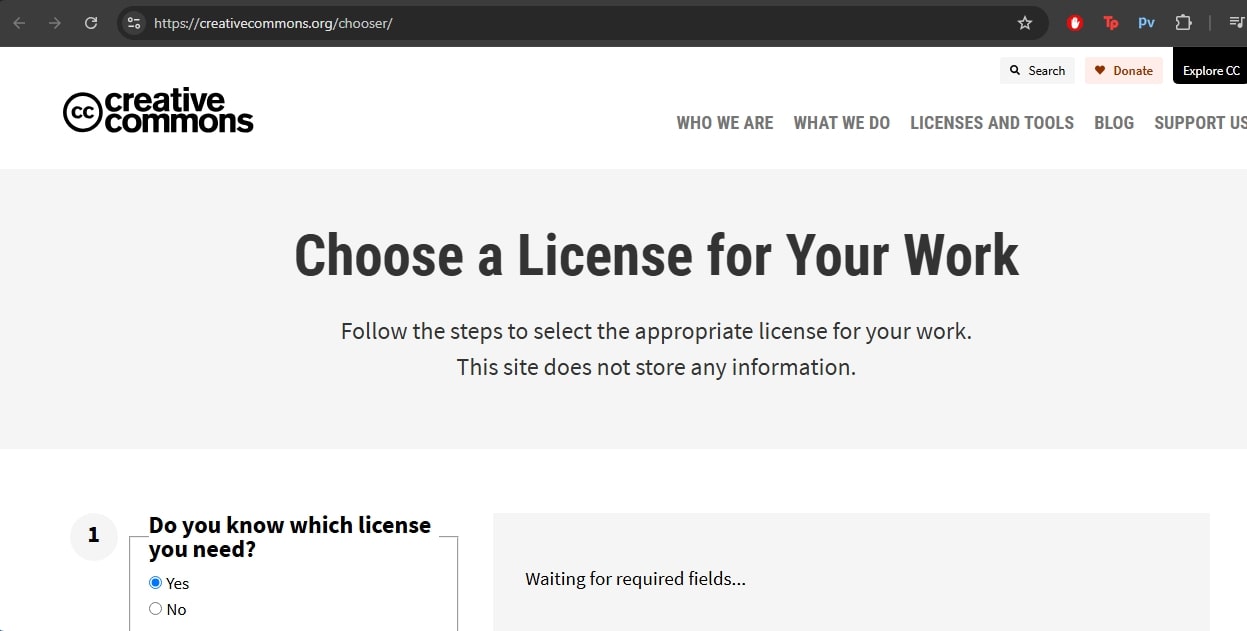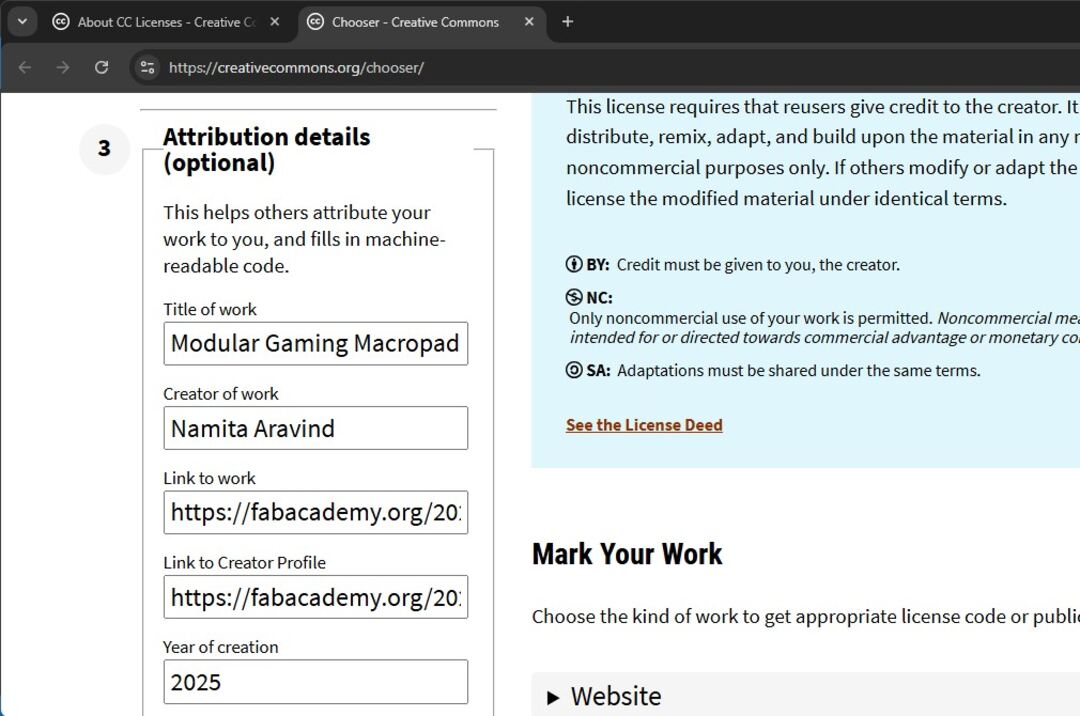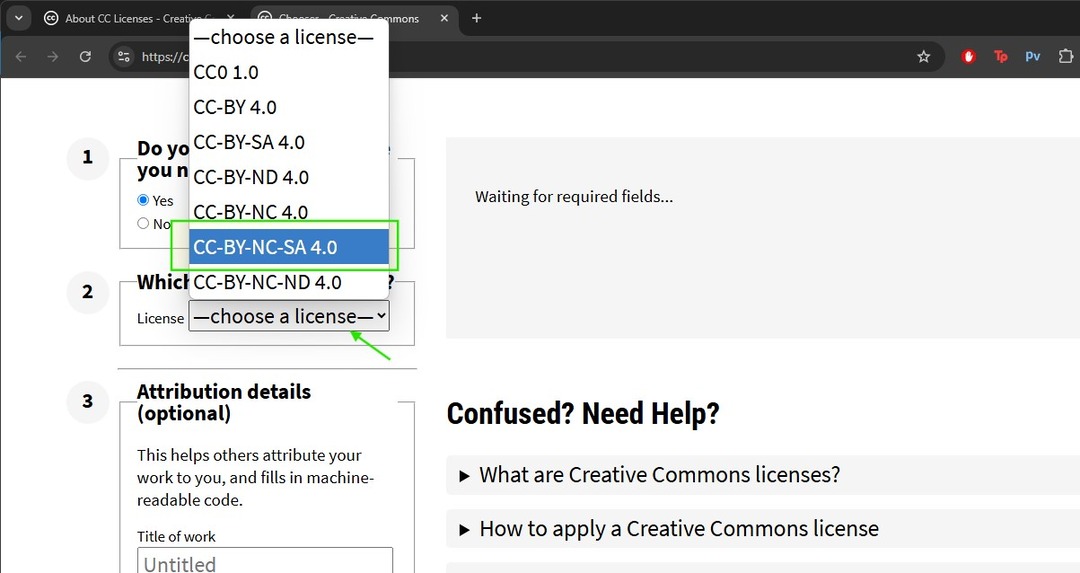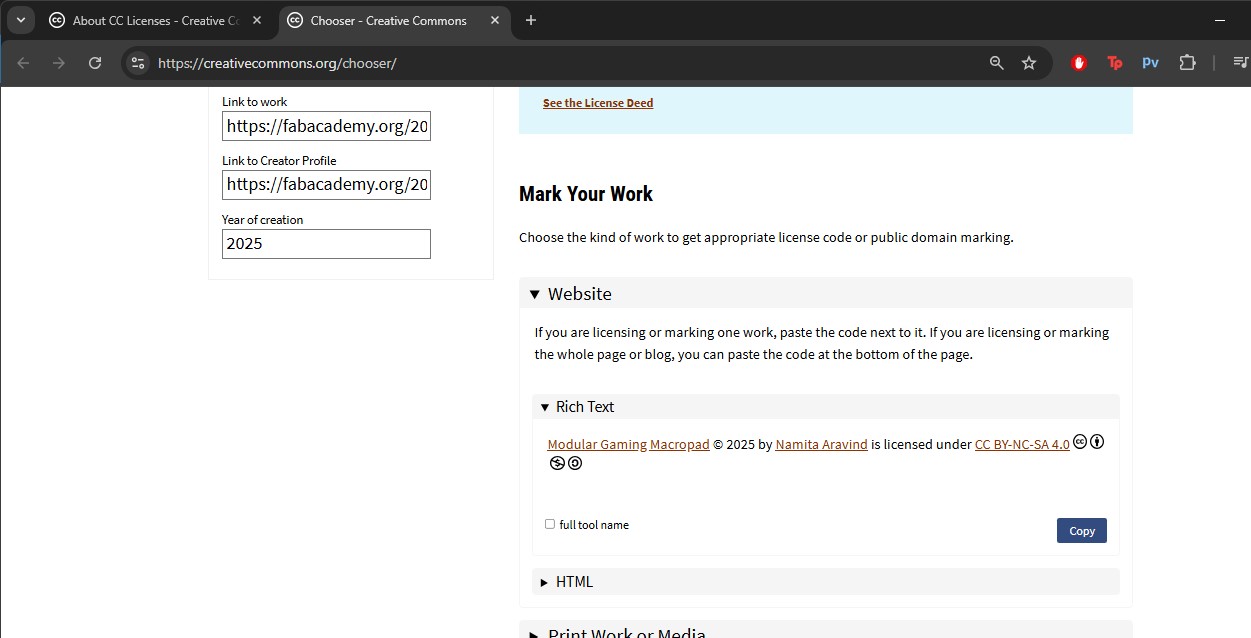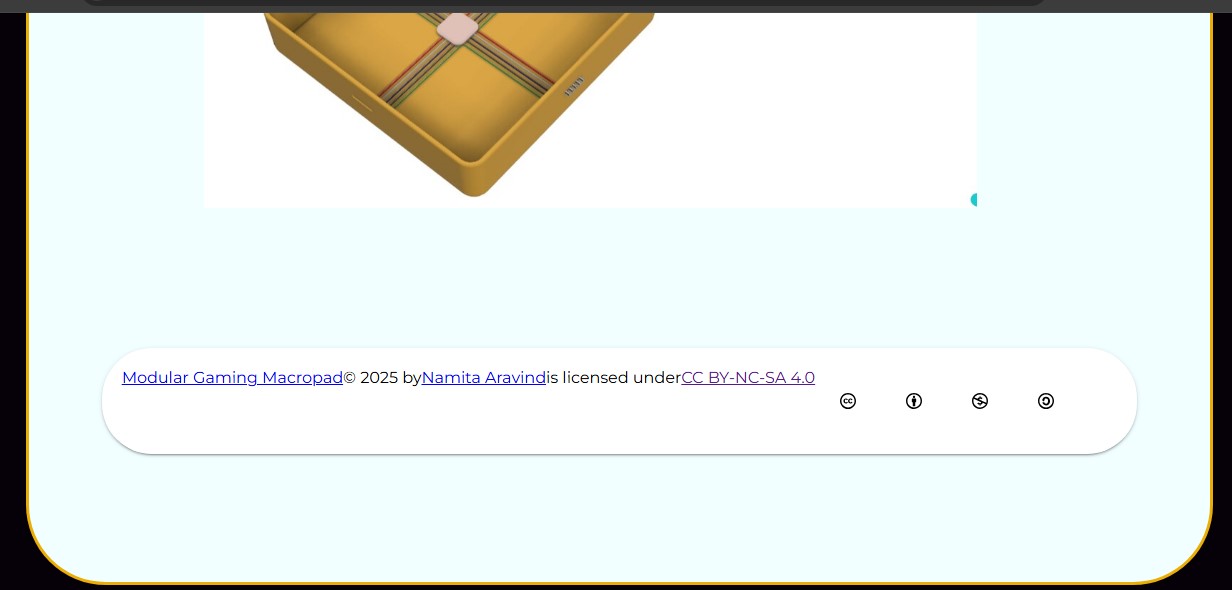18. Invention, Intellectual Property, and Income
This week's brief: Develop a plan for dissemination of your final project.
INDIVIDUAL ASSIGNMENT
Intellectual property
Intellectual property (IP) is a category of property that includes intangible creations of the human intellect. It refers to creations of the mind, such as inventions; literary and artistic works; designs; and symbols, names and images used in commerce. Types of IP:- Patents: Protect inventions, giving the patent holder the right to exclude others from making, using, or selling the invention for a certain period.
- Copyrights: Protect original works of authorship, like literary and artistic works, giving the copyright holder exclusive rights to their work.
- Trademarks: Protect brand names, symbols, logos, and other identifiers used in commerce, preventing others from using confusingly similar marks.
- Trade secrets: Protect confidential information, such as formulas, processes, or customer lists, giving the owner the right to prevent others from using or disclosing the secret.
Patent
A patent is a form of intellectual property that gives its owner the legal right to exclude others from making, using, selling, and importing an invention for a limited period of years, in exchange for publishing an enabling public disclosure of the invention. In most countries patent rights fall under civil law and the patent holder needs to sue someone infringing the patent in order to enforce his or her rights. In some industries patents are an essential form of competitive advantage; in others they are irrelevant.Creative Commons
Creative Commons is a nonprofit organization that enables the sharing and use of creativity and knowledge through free legal tools. They offer free, easy-to-use copyright licenses that provide a simple, standardized way to give the public permission to share and use your work — on conditions of your choice. CC licenses let you easily change your copyright terms from the default of “all rights reserved” to “some rights reserved.” Creative Commons licenses are not an alternative to copyright. They work alongside copyright and enable you to modify your copyright terms to best suit your needs. You can license your own work under CC as well as find work (images, video, etc) created by others who are willing to share.Licenses
There are six Creative Commons (CC) licenses. These CC licenses indicate the use parameters that have been granted by the content creator. The content creator still owns the copyright to that content, but through the selected CC license the creator is granting re-use of the content under the specified parameters.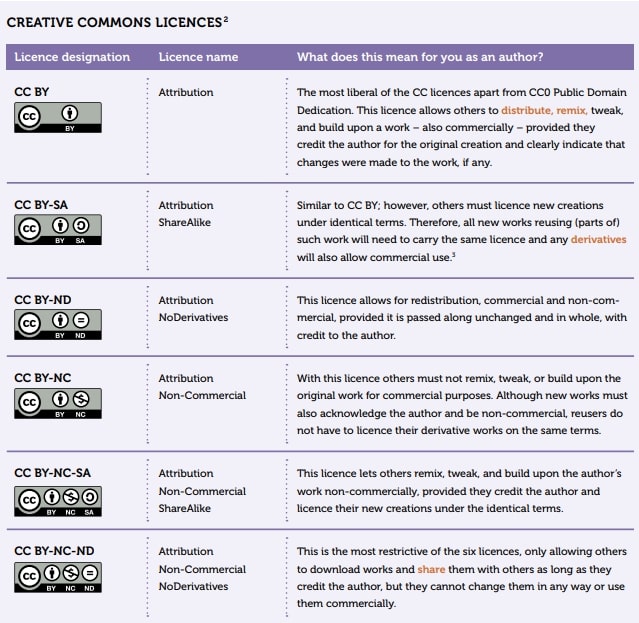
Creating a CC license for my project.
I chose the CC BY-NC-SA creative commons attributes for my final project. This license enables people to distribute, remix, adapt, and build upon the material in any medium or format for noncommercial purposes ,as long as attribution is given.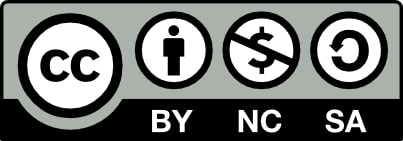
To create the license for your work.
